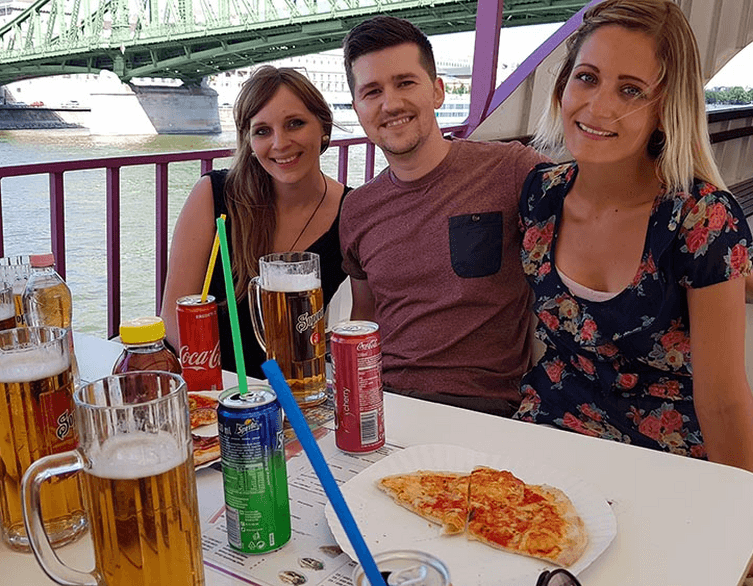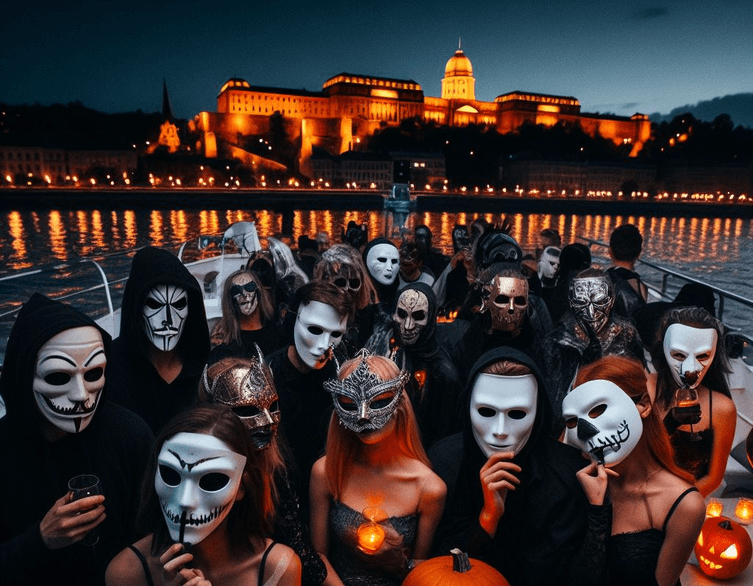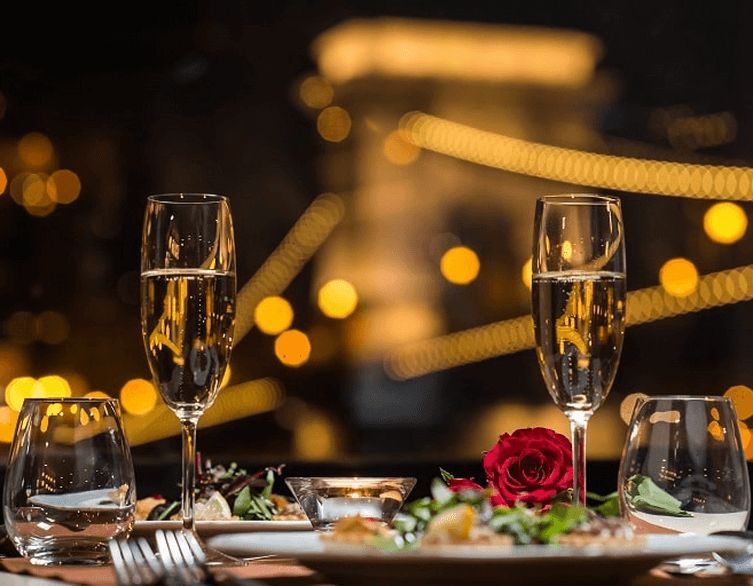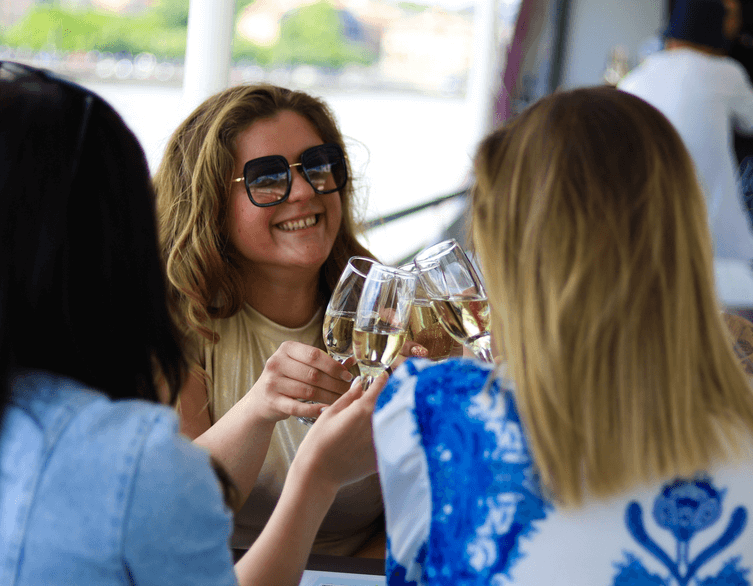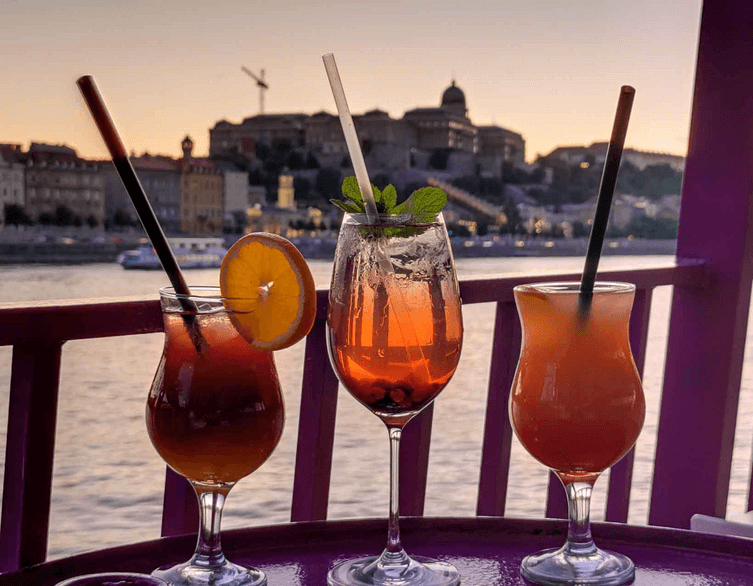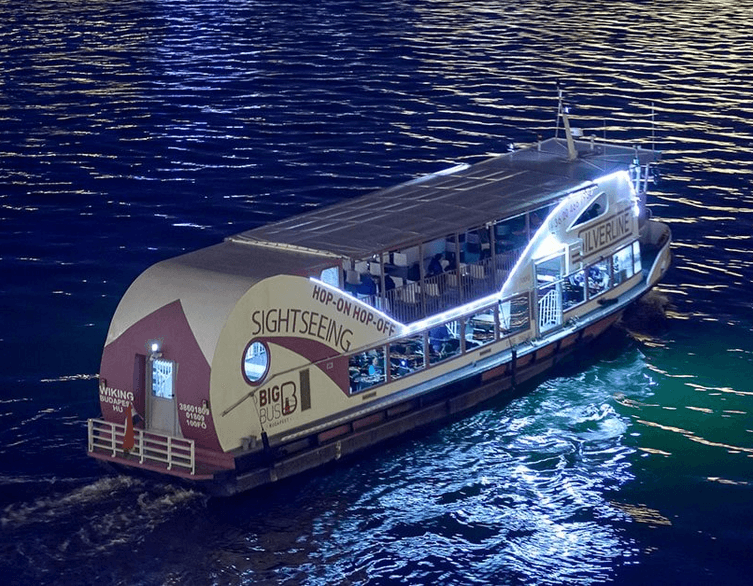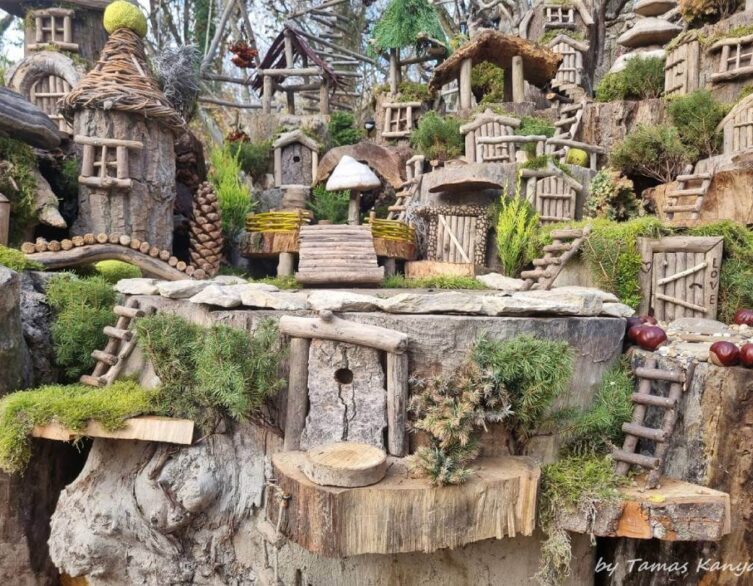Discover the Magical Forest Town of “Manófalva” by the Danube
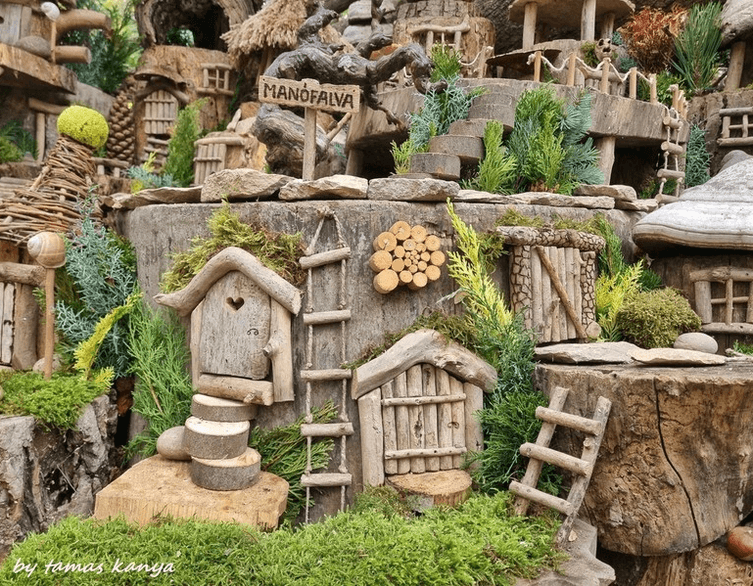
Just a short trip from the Hungarian capital, a hidden world awaits along the banks of the Danube. In the floodplain forest of Budakalász, nature and imagination meet in the enchanting installation known as Manófalva—an ever-changing miniature town created by land artist Tamás Kánya. What first began as a tiny elf village has grown into a whimsical forest city filled with bridges, ladders, towers, and charming wooden houses that look as if they stepped straight out of a storybook.
An Artistic World Crafted by Nature
Each autumn, Kánya rebuilds his living artwork from natural materials collected in the nearby forest—driftwood, bark, willow twigs, chestnuts, and even mushroom caps. Every house, terrace, and walkway is made entirely from what the forest offers. The rooftops are decorated with toadstools, tuja leaves, and wild orange berries, while tiny ladders and rope bridges link the little dwellings together. The installation is like a fairytale brought to life, blending sculpture, architecture, and nature in perfect harmony.
Walking among the trees, visitors spot unique details everywhere: polished stone paths, miniature fences woven from willow, and gourd-shaped bird feeders hanging from the branches. Each feature reflects the artist’s wish to create something that both humans and wildlife can enjoy together. As Kánya often says, “This is not a playground, but a living piece of art.”
A Home Shared with Forest Creatures
Manófalva isn’t just a treat for human visitors—it’s a true haven for animals too. Squirrels often dash through the tiny streets in search of nuts, and small birds such as great tits, nuthatches, and finches regularly visit the feeders. One particularly cheeky resident, a red forest mouse, even decided to move in permanently, although it occasionally nibbles on the chestnut decorations—much to the artist’s amusement and mild frustration.
Best deals of Budapest
This bond between nature and art is what makes Manófalva so unique. Every year, Kánya expands and refines his forest city, ensuring that it remains a sustainable sanctuary for animals while delighting visitors who stumble upon it during a walk.
A Peaceful Escape for Visitors
Located a short distance from central Budapest, Manófalva offers a quiet, family-friendly escape for anyone seeking a slow and mindful experience in nature. The installation now lies deeper within the forest so that cyclists, families with strollers, and casual wanderers can explore it easily without crowding the main path. Visitors are encouraged to move gently, take photos, and simply enjoy discovering the many hidden details that make the place so magical.
As autumn paints the Danube region in warm colors, this forest city becomes a cozy refuge for both local wildlife and curious travelers. Whether you’re photographing its tiny bridges, admiring the craftsmanship of every house, or just taking a break among the rustling leaves, Manófalva offers something that’s increasingly rare—a reminder that imagination, art, and nature still coexist just beyond the city’s edge.
How to Get There
For visitors planning a trip from Budapest, reaching Manófalva is quite straightforward. The installation is located in the floodplain forest of Budakalász, accessible by public transportation or car. From Budapest, you can take the suburban train (HÉV) from Batthyány tér station heading towards Szentendre or Vác, and get off at the Budakalász station. It’s about a 25-minute ride, and from there, a short walk through the forest will lead you directly to Manófalva.
If you prefer to drive, head north from Budapest via the M0 motorway, then follow signs towards Budakalász. There’s parking available near the forest entrance, and the site is well signposted. It’s advisable to visit during daylight hours, especially in the late afternoon when autumn colors are at their peak, making your experience even more magical.
Related news


